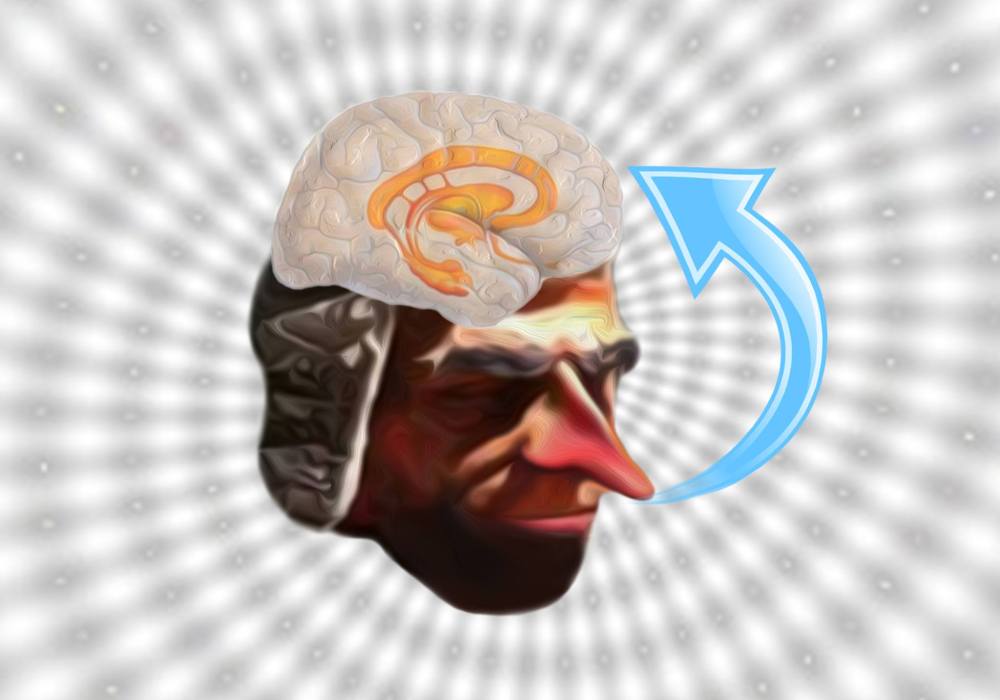
Mechanisms of schizophrenia
It took me a while to figure out whether to divide this article into two parts or to sum up everything in one long, possibly tedious reading. Honestly, I still don’t know, so I’ll just start writing and we shall see what it turns out to be.
I’m sure you’ve all heard of schizophrenia – the disease of thought disorder, or know people who suffer from it. But only a few actually understand what it is about.
No wonder scientists have been struggling to develop efficient treatments for schizophrenia; not only is it largely uncommon (1% of the world’s population is affected), but also its causes are usually unknown. Scientists generally refer to schizophrenia as a psychiatric disease involving a progressive decline in functioning, which begins in early adolescence and persist throughout the patient’s life. Due to its heterogenous symptoms and multiple possible causes, there are many hypotheses that intend to explain what triggers schizophrenia and how it develops.
In spite of the fact that is it a genetic disorder, the environment and external factors (such as viral infections during the intrauterine and infant period) may be crucial to the development of schizophrenia. The symptoms have been divided into two categories. The positive symptoms include thought disorder, hallucinations, delusions, disorganised speech etc., whereas the negative symptoms are characterised by poverty of speech, reduced expression or emotion, memory impairment, anergia, abulia etc. In addition, the brains of schizophrenics show structural macroscopic abnormalities (for instance, the enlarged ventricles and the shrinkage of the surrounding brain tissue), as well as microscopic changes, such as the dysregulation of dysbindin gene in the formation of abnormal dendritic filopodia. There are three types of schizophrenia, according to its symptoms: paranoid schizophrenia – auditory hallucinations, delusions, strong belief of being chased by powerful people; disorganized schizophrenia – reduced emotions and lack of emotional expressions, incoherent speech (mostly negative symptoms); catatonic schizophrenia – impairment of movement, usually immobility and catatonia, bizarre grimacing (this is similar some of the symptoms of hysteria, which has been described as a sexually related and later on, as a psychiatric disorder up until the beginning of the 20th century).
But enough with the boring general details! Let’s get to the fun part: The monoamine hypothesis of schizophrenia! Here we are going to talk about two very important neurotransmitters in the central nervous system: dopamine and glutamate. The second one is the main excitatory neurotransmitter in the brain. There are four main types of glutamate receptors: AMPA, NMDA, kainate and mGluRs. It has been demonstrated that reduced activity of the NMDA receptors can result in some of the negative symptoms of schizophrenia (lack of social behaviour, catatonia).
Dopamine is the metabolic precursor of another neurotransmitter, noradrenaline (norepinephrine). But there is a lot more to dopamine and its roles in the brain than this. There are four main dopaminergic pathways: the mesolimbic pathway – related to the “reward” system and significance; it has its roots in the ventral tegmental area and projects to the nucleus accumbens (in the ventral striatum) and the limbic system; the mesocortical pathway – involved in cognition and motivation; the tuberoinfundibular pathway – roles in lactation; these dopamine neurones originate in the hypothalamus; the nigrostrial pathway – involved in movement planning and connects the substantia nigra (midbrain) to the striatum.
Schizophrenia and another mental illness, a neurodegenerative one, Parkinson’s disease, are also linked to dopamine. When it comes to schizophrenia, it seems that the mesocorticolimbic pathways have more influence on its onset: the ‘positive’ symptoms appear to be triggered by dopaminergic hyperactivity in the mesocorticolimbic system. At the same time, hypoactivity of dopamine is this region is the cause of ‘negative’ symptoms. Nevertheless, it has been discovered that overexpression of the dopamine receptor D2 (DRD2) gene in the striatum also reduces motivational behaviour in mice, therefore mimicking psychotic ‘negative’ symptoms. Similar findings show that increased density of dopamine D2 receptor in the striatum, along with lower thalamic density of this receptor appear to induce divergent thinking, which is associated with schizophrenia.
All these changes may account for the abnormalities that we see in “mad” people. It seems that we are so fragile, given that often small chemical and physical disruptions can trigger something as big and terrifying as schizophrenia. Imagine hearing, seeing, feeling, smelling things everyone says are not real (schizophrenics often have multiple hallucinations: auditory, visual, gustatory, tactile, olfactory). But to you they are so real and disturbing! Many schizophrenics even hear their own thoughts as if they are coming from the outside and therefore believe that everyone knows what’s in their heads. Imagine having the constant feeling that someone is after you (paranoia) or being certain that you are dead (the Cotard’s Syndrome) or that your husband has an affair (the Othello Syndrome).
I think this topic can never be fully covered and we would spend days talking about schizophrenia, so this article should better come to an end. As I am sure you have lots of questions and comments, don’t be shy and post anything you think it’s relevant to what has been discussed above. Hope you enjoyed this reading.
For further information:
Bear et al., 2006. Neuroscience – Exploring the Brain. s.l.:Lippincott Williams & Wilknins, pp. 679-684
Kolb et al., 1996. Fundamentals of Human Neuropsychology. 4th Edition ed. s.l.:W.H. Freeman and Company
Image by Damaris Pop
